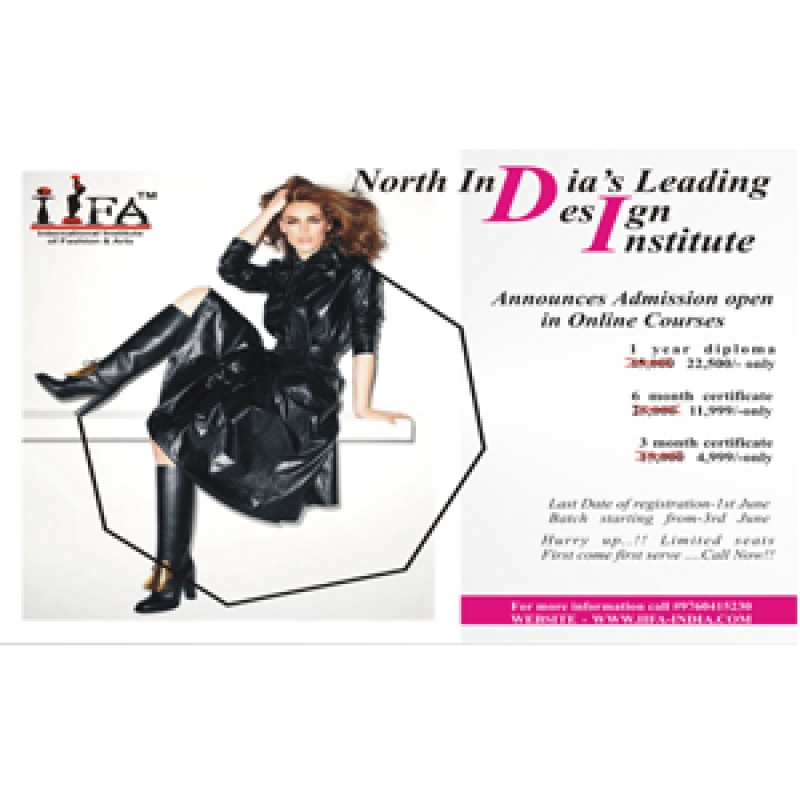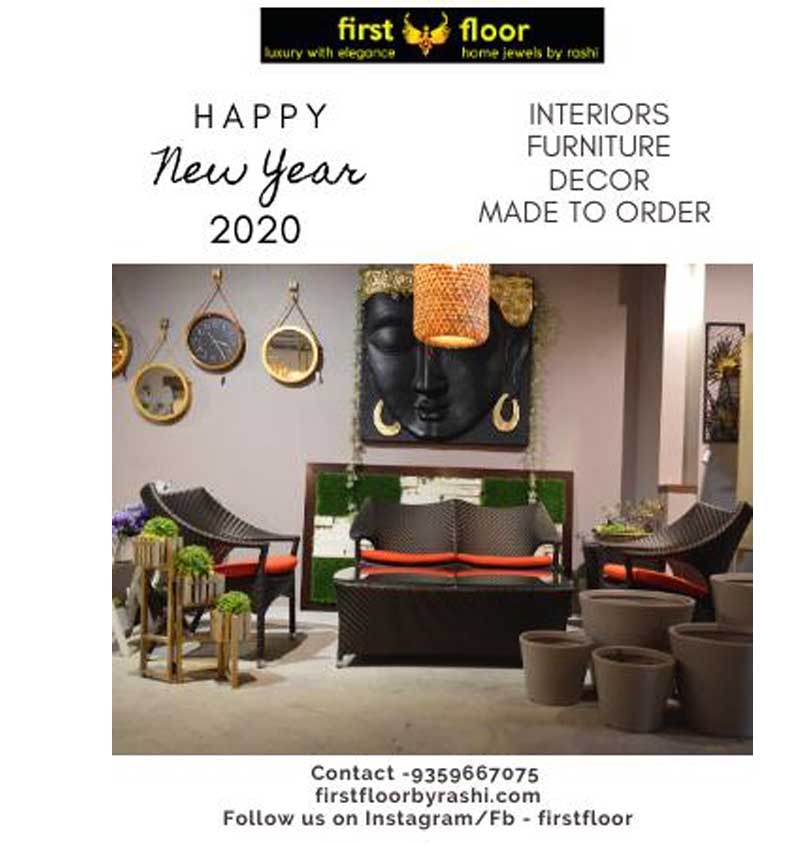Fashion merchandising is a dynamic field that bridges the gap between the creative world of fashion design and the commercial aspect of retailing. It involves planning, buying, promoting, and selling fashion products to meet consumer demands while maximizing profitability. Here’s an in-depth exploration of what fashion merchandising entails, its key components, and its significance in the fashion industry.
What is Fashion Merchandising?
Fashion merchandising focuses on presenting and selling fashion products to consumers in a way that aligns with current trends and consumer preferences. It encompasses a wide range of activities, including market research, product development, sourcing, inventory management, and visual merchandising. Fashion merchandisers work closely with designers, manufacturers, and retailers to ensure that the right products are available at the right time, place, and price.
Key Components of Fashion Merchandising
-
Market Research and Trend Analysis
-
Understanding consumer behavior, preferences, and purchasing patterns is crucial.
-
Analyzing fashion trends through trend forecasting tools, fashion shows, and social media platforms.
-
Gathering insights into market demands to inform product planning.
-
-
Product Development
-
Collaborating with designers to develop products that align with current trends and brand identity.
-
Ensuring the functionality, aesthetics, and quality of the products meet market expectations.
-
Coordinating the production process, from selecting fabrics to finalizing designs.
-
-
Sourcing and Supply Chain Management
-
Identifying reliable suppliers and manufacturers for raw materials and finished goods.
-
Managing logistics to ensure timely delivery of products.
-
Ensuring ethical sourcing and sustainability practices are adhered to.
-
-
Inventory Management
-
Balancing stock levels to avoid overstocking or understocking.
-
Monitoring sales data to adjust inventory and meet demand.
-
Implementing inventory control systems to streamline operations.
-
-
Pricing and Promotion
-
Setting competitive prices based on production costs, market trends, and target audience.
-
Planning promotional strategies to drive sales and increase brand visibility.
-
Organizing seasonal sales, discounts, and loyalty programs to attract customers.
-
-
Visual Merchandising
-
Creating appealing store layouts and window displays to attract customers.
-
Designing in-store experiences that enhance customer engagement.
-
Aligning visual presentation with brand identity and seasonal themes.
-
-
Retail Management
-
Ensuring a seamless shopping experience for customers.
-
Training staff to provide excellent customer service.
-
Utilizing technology, such as point-of-sale systems and data analytics, to optimize retail operations.
-
The Role of Technology in Fashion Merchandising
Technology has revolutionized fashion merchandising by introducing tools that enhance efficiency and customer satisfaction. Key advancements include:
-
E-commerce platforms that enable online sales and global reach.
-
Artificial intelligence for personalized recommendations and trend forecasting.
-
Augmented reality for virtual try-ons and immersive shopping experiences.
-
Big data analytics to gather and analyze consumer insights.
Skills Required for Fashion Merchandising
To succeed in fashion merchandising, professionals need a blend of creative and analytical skills:
-
Strong understanding of fashion trends and consumer behavior.
-
Proficiency in data analysis and market research.
-
Excellent communication and negotiation skills.
-
Creativity in visual presentation and product promotion.
-
Organizational and time management abilities.
Importance of Fashion Merchandising
Fashion merchandising is vital to the success of the fashion industry because it:
-
Ensures that consumers have access to trendy and desirable products.
-
Drives profitability by aligning supply with market demand.
-
Enhances brand reputation through effective promotion and presentation.
-
Bridges the gap between fashion design and retail, making fashion accessible to a wider audience.
Career Opportunities in Fashion Merchandising
Fashion merchandising offers a variety of career paths, including:
-
Fashion Buyer: Selecting products for retail stores.
-
Visual Merchandiser: Designing store layouts and displays.
-
Retail Manager: Overseeing store operations and sales.
-
Product Developer: Collaborating on product creation and design.
-
Trend Analyst: Forecasting future fashion trends.
Conclusion
Fashion merchandising is a multifaceted field that plays a pivotal role in shaping the fashion industry. By combining creativity, strategic planning, and market analysis, fashion merchandisers ensure that the industry remains vibrant and consumer-focused. Whether it’s through trendsetting designs, innovative retail experiences, or seamless supply chain management, fashion merchandising continues to influence the way we shop and engage with fashion.



















Your Message